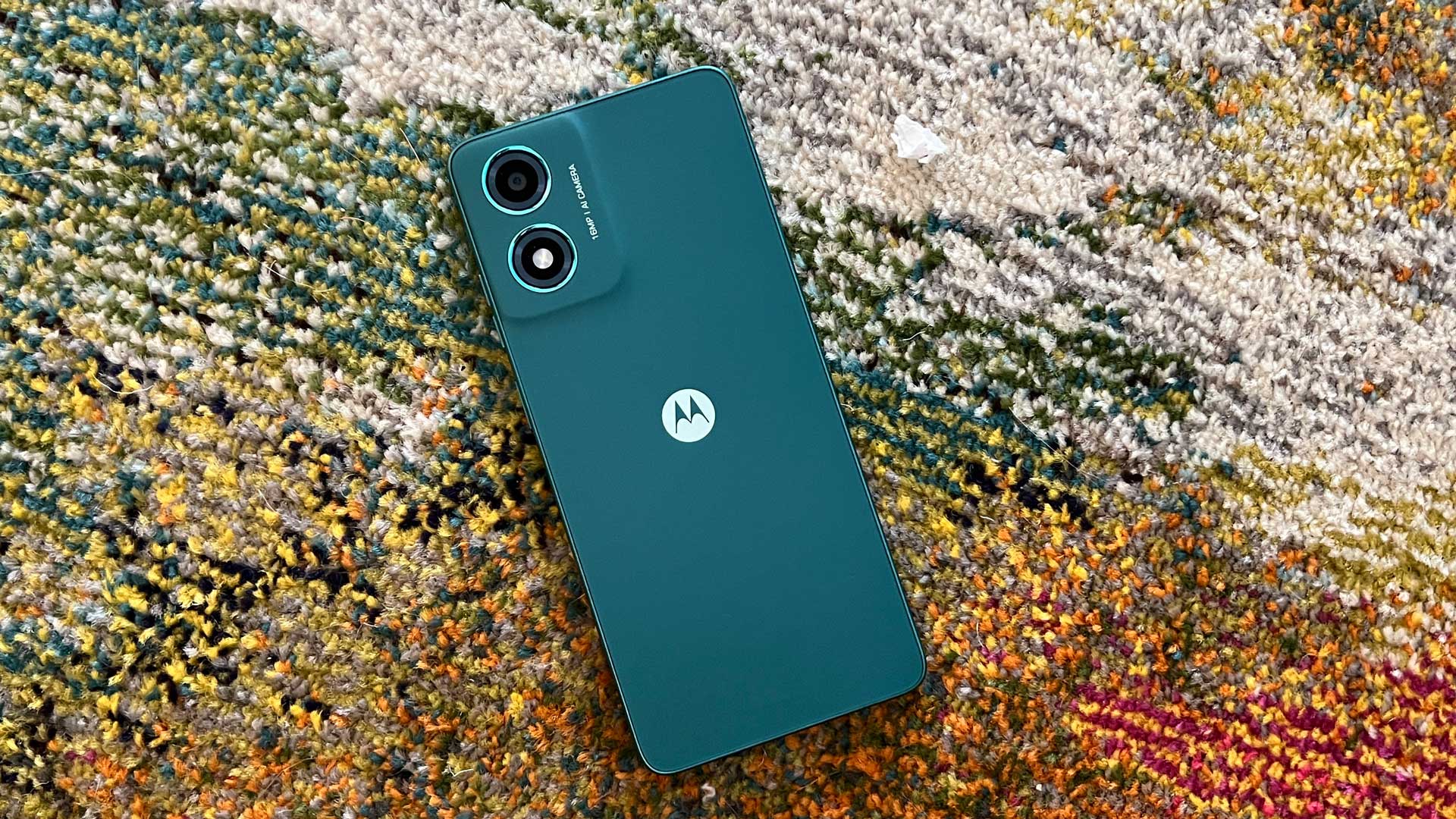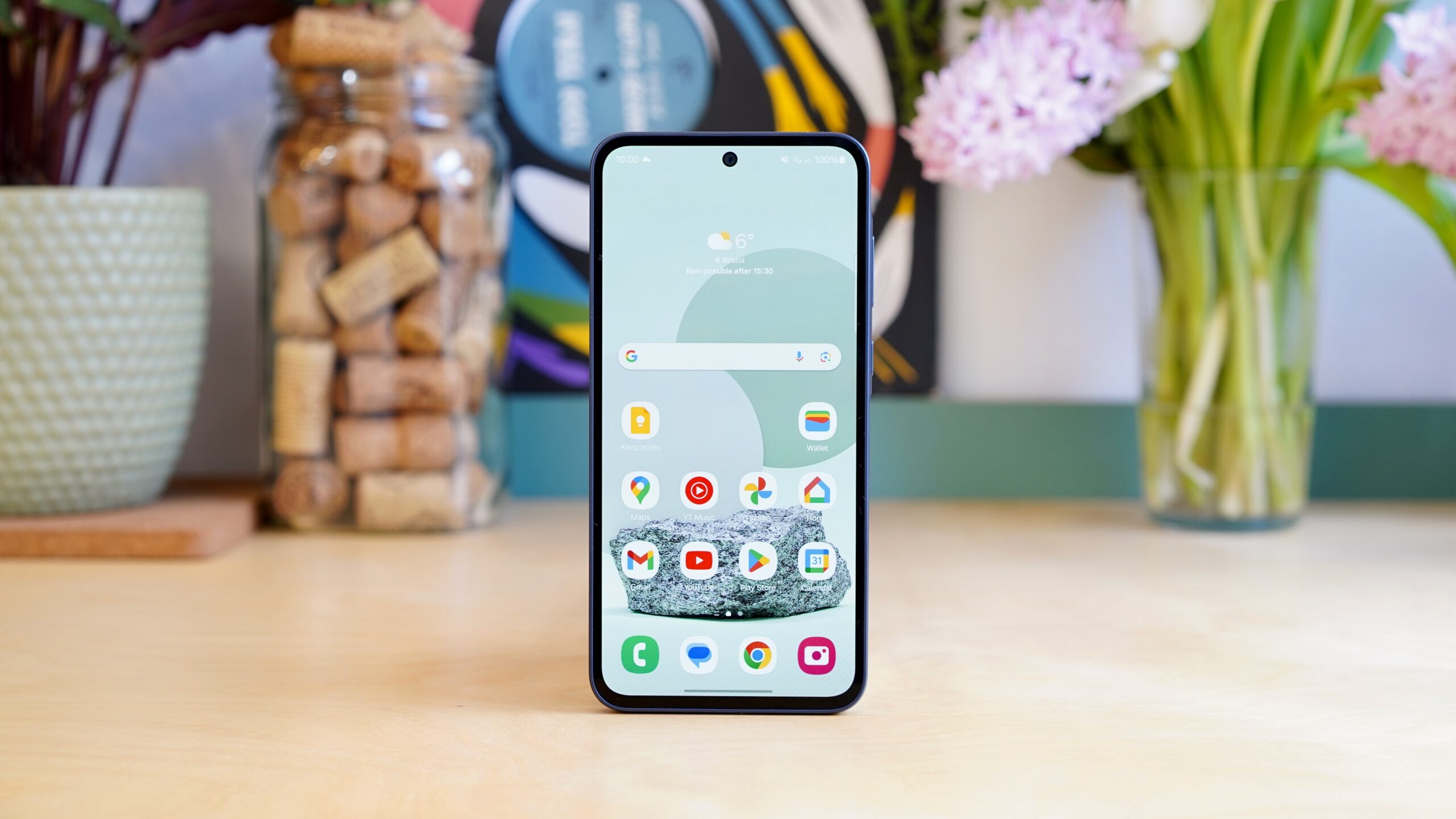Huawei P60 Pro Review
The same old story for Huawei
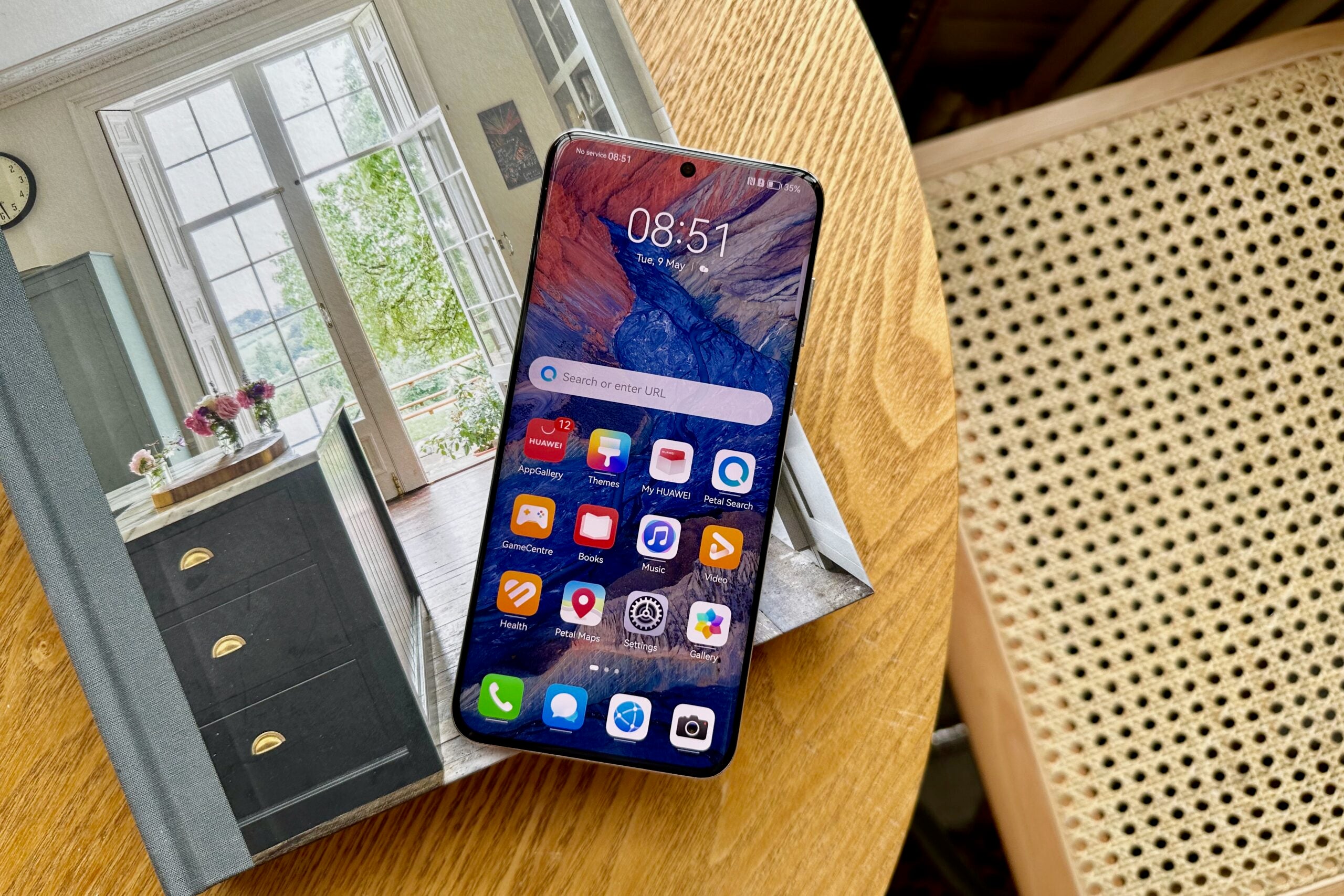
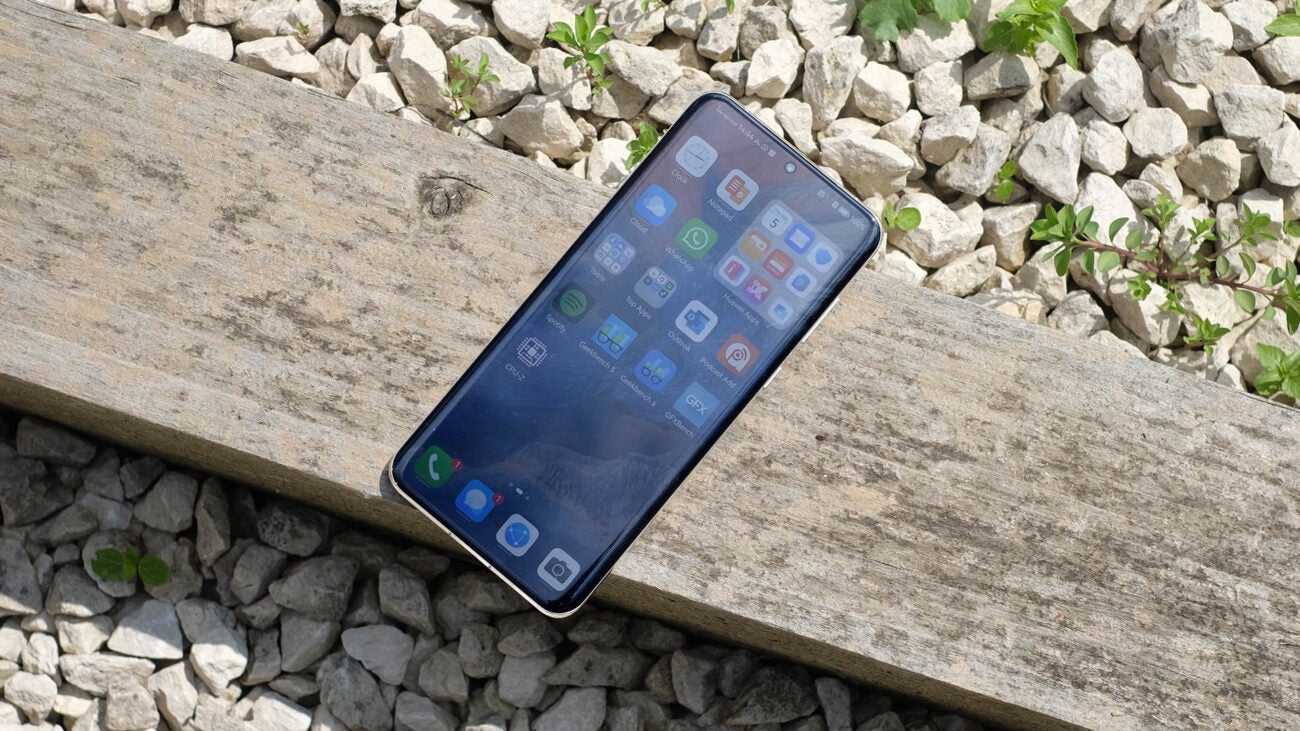
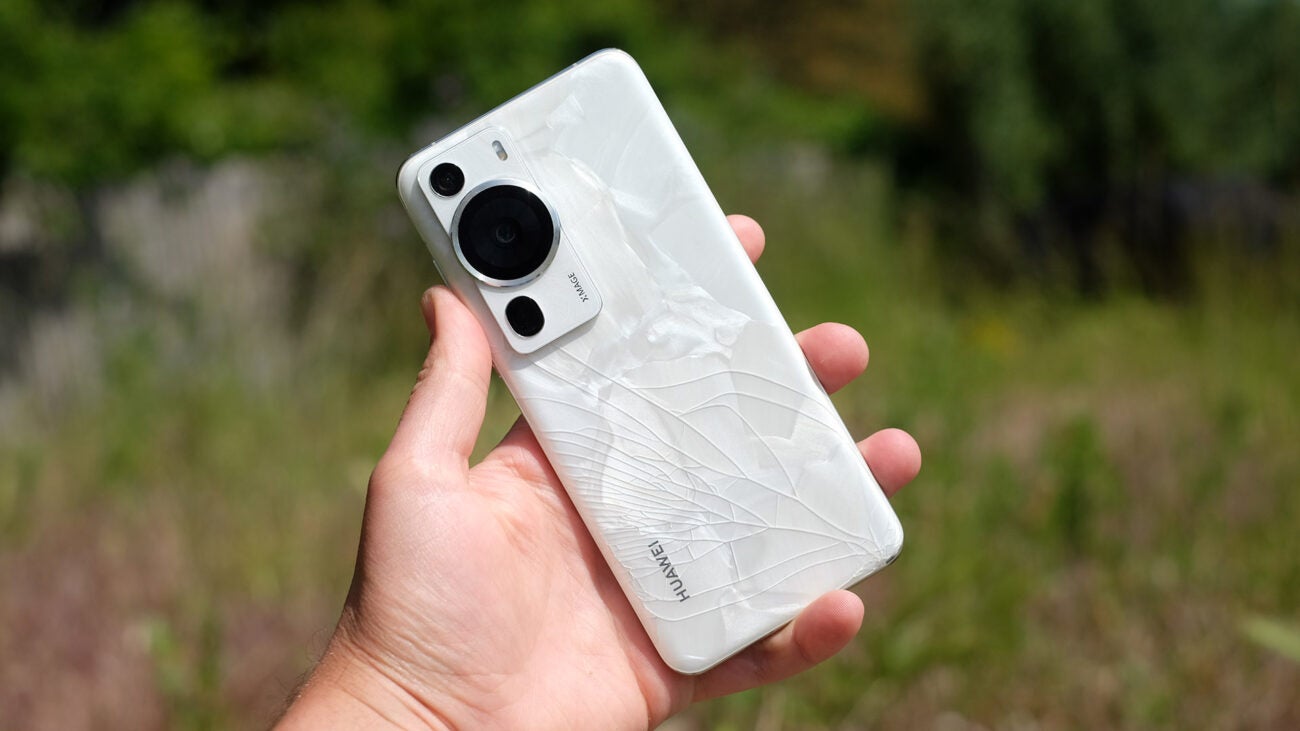
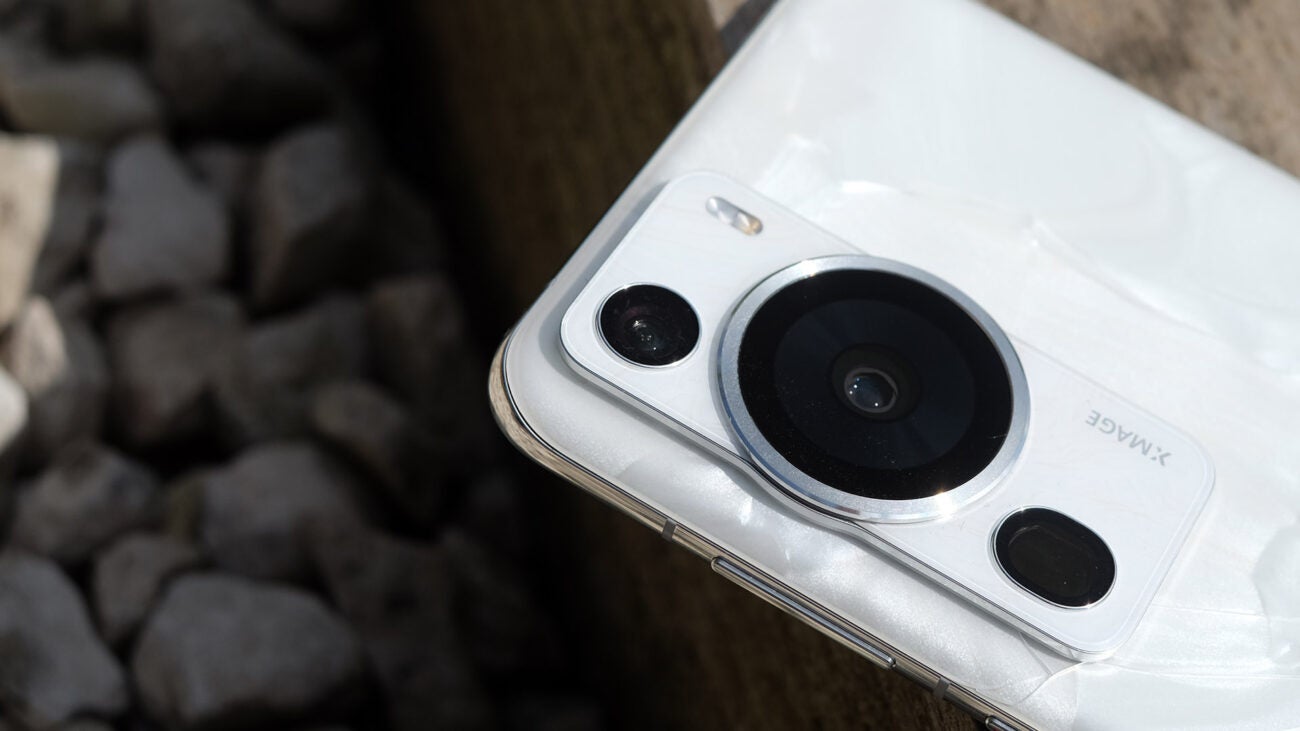
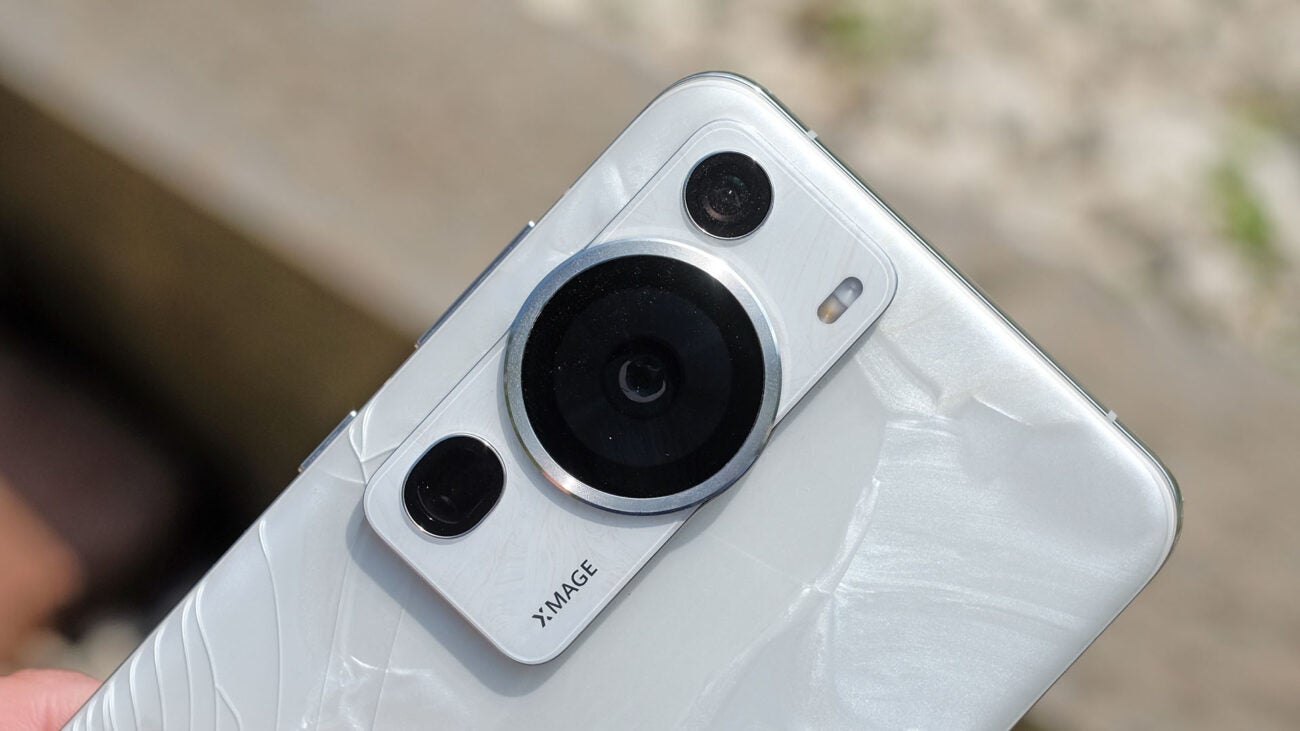
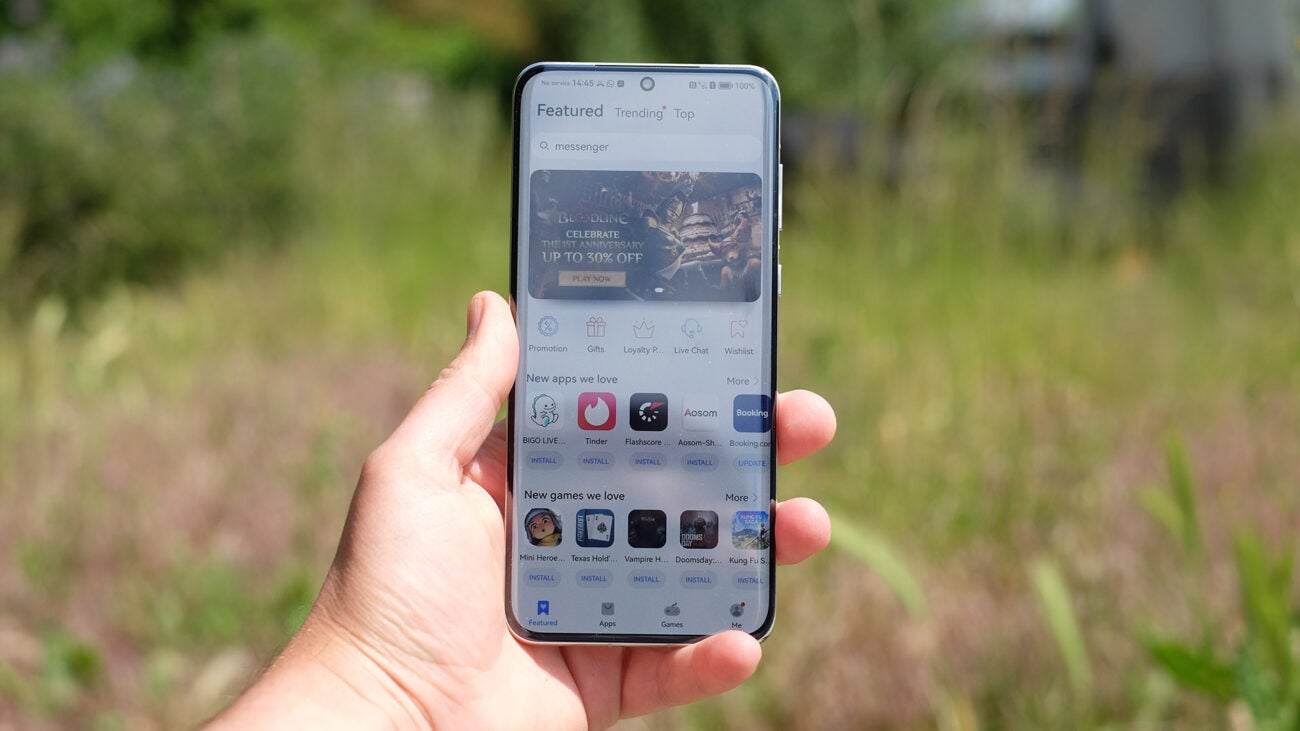
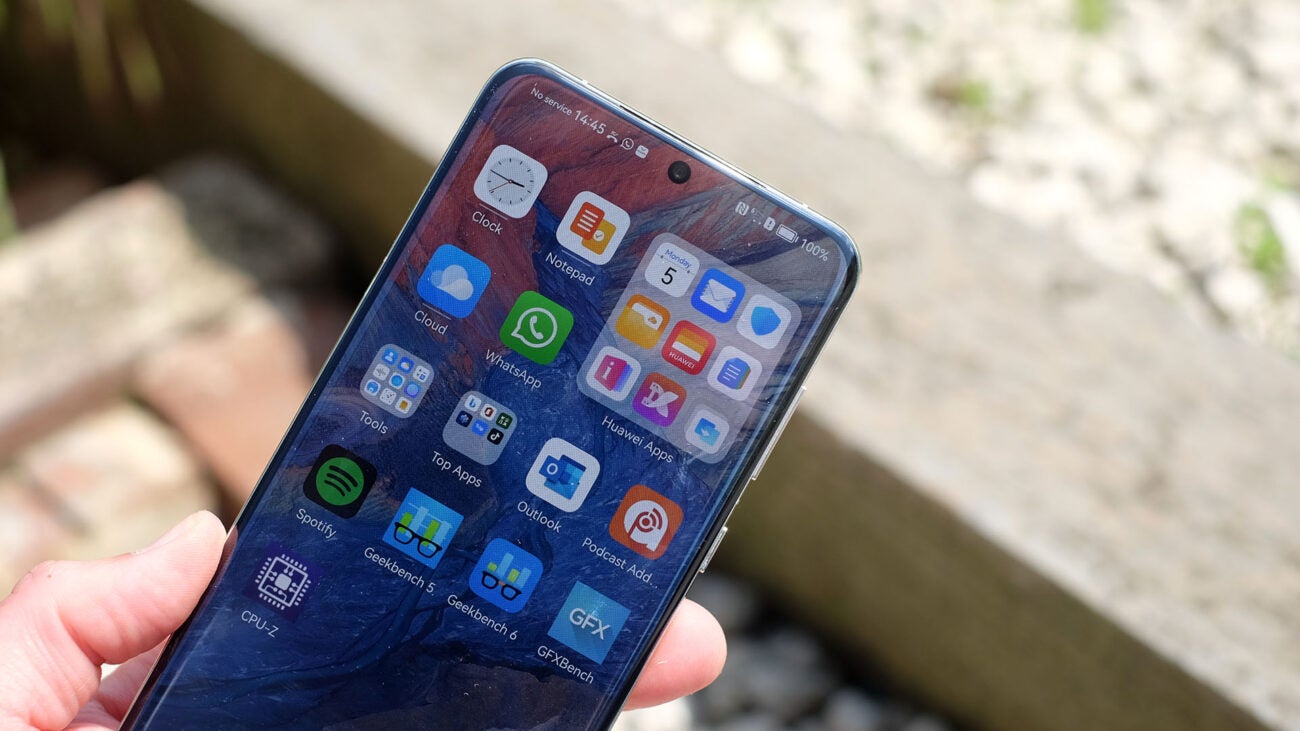
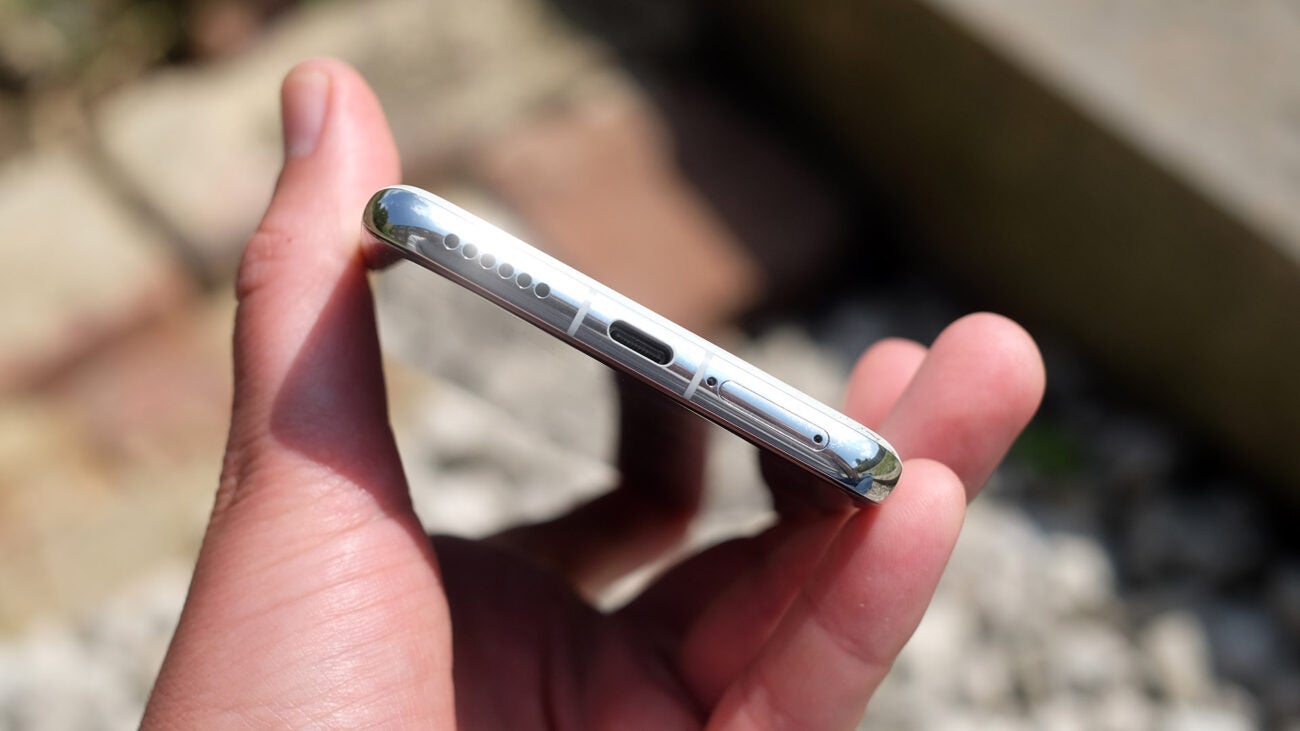
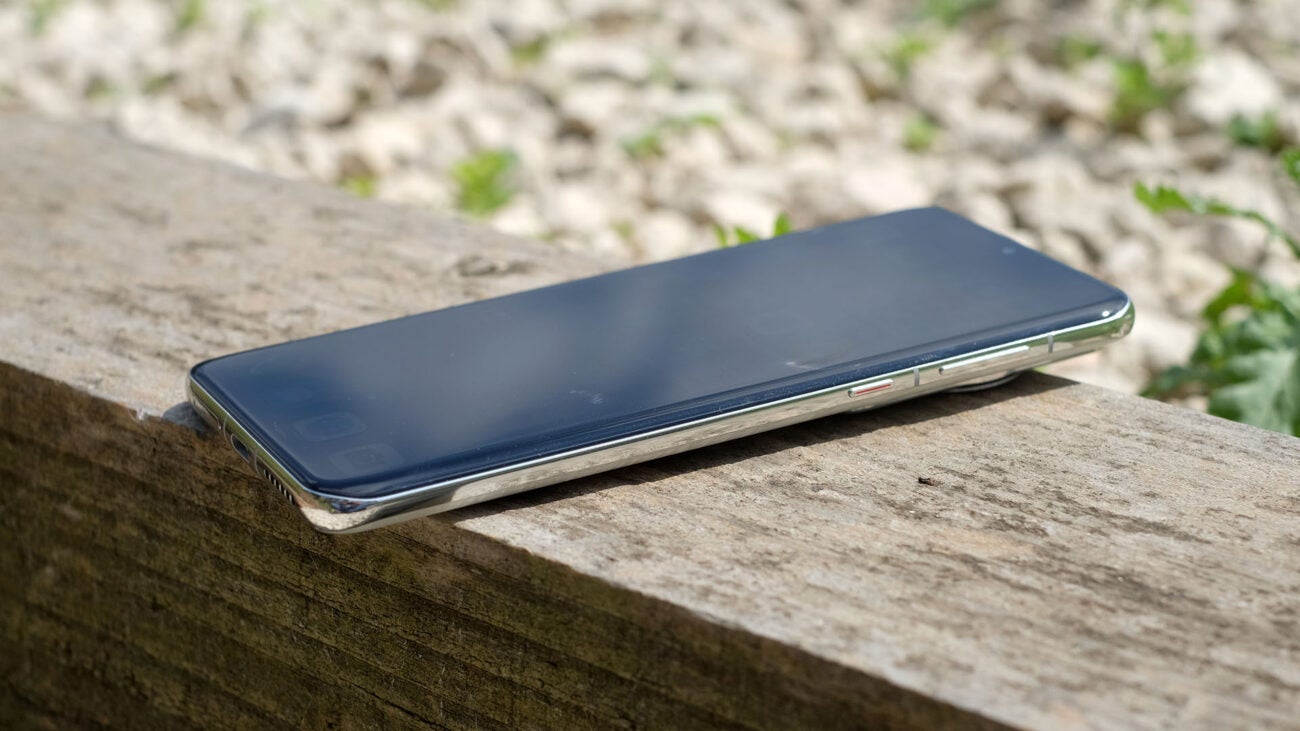
Verdict
The strong camera and striking design make a good first impression, but the lingering software issue of Huawei phones can’t be ignored when shopping for an Android.
Pros
- Premium look and feel
- Industry-leading camera tech
- All-day battery life
Cons
- No access to Google Play or Google apps
- Capped at 4G connectivity
- Previous-gen processor
Key Features
- Fantastic camera skills2x 48MP rear cameras combine for excellent results
- Unique rear designThe Pearly, marble-like finish certainly stands out
Introduction
The Huawei P60 Pro might well have been in contention for one of the best top-end phones of the year, were it not for Huawei’s backlisting by the US.
Missed out on the news? Huawei got into a spot of bother with the US government in 2019, forcing Google to cut ties with a company that, to that point, had been a key partner.
It means the Huawei P60 Pro, and other Huawei phones, do not have Google software. No Maps, Google Play or Gmail. The restrictions have also led to the P60 Pro being stuck with 4G mobile internet, not 5G.
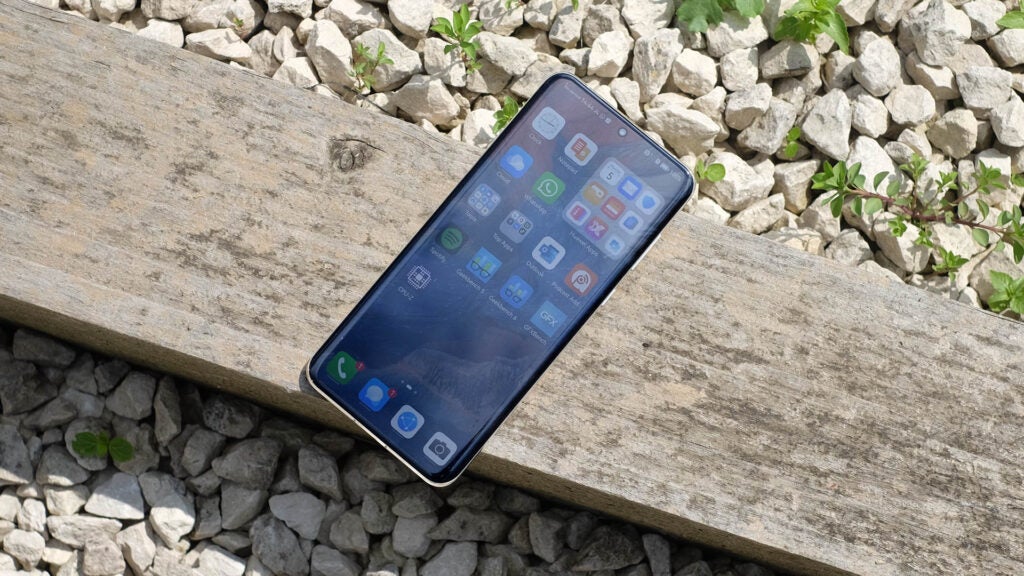
The Huawei P60 Pro I can envision having once been a contender for the 2023 phone of the year is quite different from the one I’ll be talking about today, then. However, despite having had its Western market share obliterated to the extent that likely gives CEOs of rivals nightmares, Huawei continues to offer excellent performance in the areas in which it (arguably) led the pack back in 2018/2019: camera quality and battery life.
However, it’s not enough to make the Huawei P60 Pro competitive as a phone I can recommend to the average phone buyer. It costs £1,299 for the top 512GB/12GB RAM spec, £1,199 for 256GB and 8GB RAM. It’s £50-£100 cheaper than the Samsung Galaxy S23 Ultra, but that Samsung ends up feeling a more complete phone for a Western audience.
Design and screen
- High-grade metal and glass build
- Excellent water resistance
- Bold slightly curved screen
Mobile phone design language loves a trend. One of today’s ones is the ostentatious camera housing. In peacock fashion, camera lenses get dressed up to the nines, with giant discs of glass even if the camera lens itself has a diameter best measured in millimetres.
The Huawei P60 Pro is one of these phones. But it does at least give the phone a distinctive backside, particularly if you opt for the finish I have, which looks a lot like marble.
It is, of course, glass. But it has a slightly soft finish, and if you find the look “a bit much”, there’s always the much plainer black version on offer.
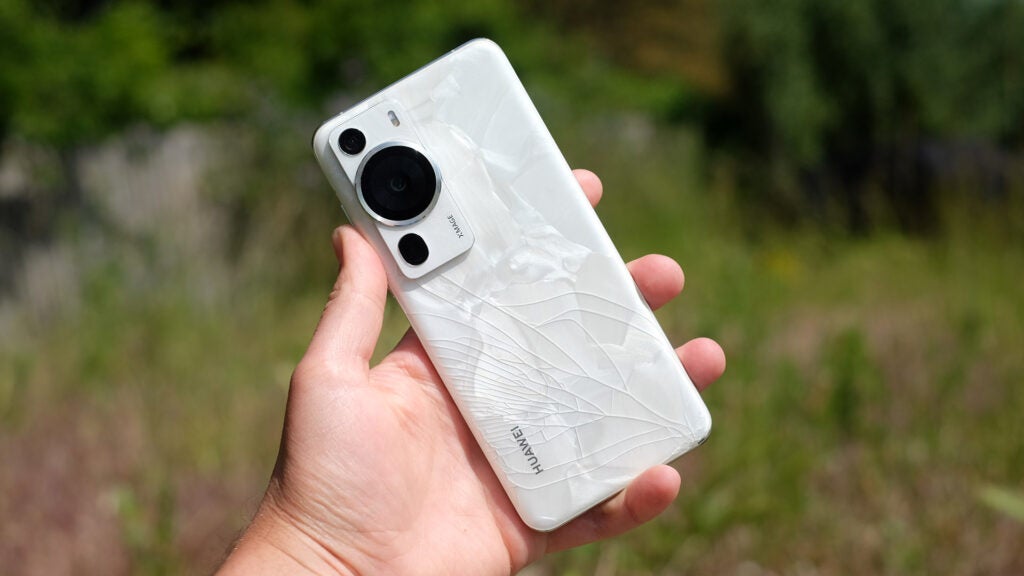
This phone feels about as good as phones get, thanks to the killer combo of high-end materials and dual-sided curved glass. Tapered sides make the Huawei P60 Pro feel slimmer — and it’s slim to start with — and avoid any hard edges.
The elephant in the room is that, yes, somehow I have managed to smash the Huawei P60 Pro’s rear glass. I’m not quite sure when this happened, but it was before I’d taken the phone out of my home. I noticed the spider’s web of cracks when putting my personal SIM into its slot.
Phone glass does not break for no reason, but it’s a reminder the Huawei P60 Pro does not use category-leading Gorilla Glass by Corning. It uses Huawei’s own formulation called Kunlun.
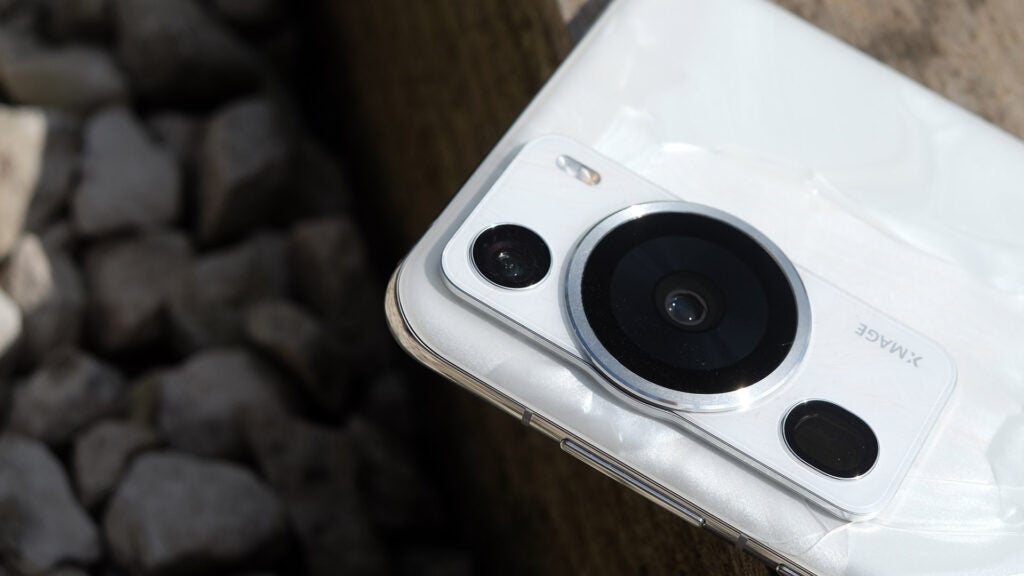
Huawei has talked up its strengthened glass since 2019. But that I’ve managed to smash this phone without ever dropping it suggests it may not be a match for the Huawei P60 Pro’s unforgiving design, where the aluminium sides extend right up to the display glass/rear glass. Less ambitious designs typically use a thin layer of plastic between the two, which acts as an impact force buffer.
I’m not confident I can blame this on Huawei rather than myself, though. The best testing is empirical and reproducible — neither applies here. Huawei’s Kunlun glass is also apparently the first phone glass to receive a 5-star rating from Swiss testing facility SGS. Choose to buy one of these phones? I recommend using a case.
The Huawei screen brings no such contention. It’s a 6.67-inch OLED panel with LTPO tech, allowing for dynamic modulation of the phone’s up-to 120Hz refresh rate.
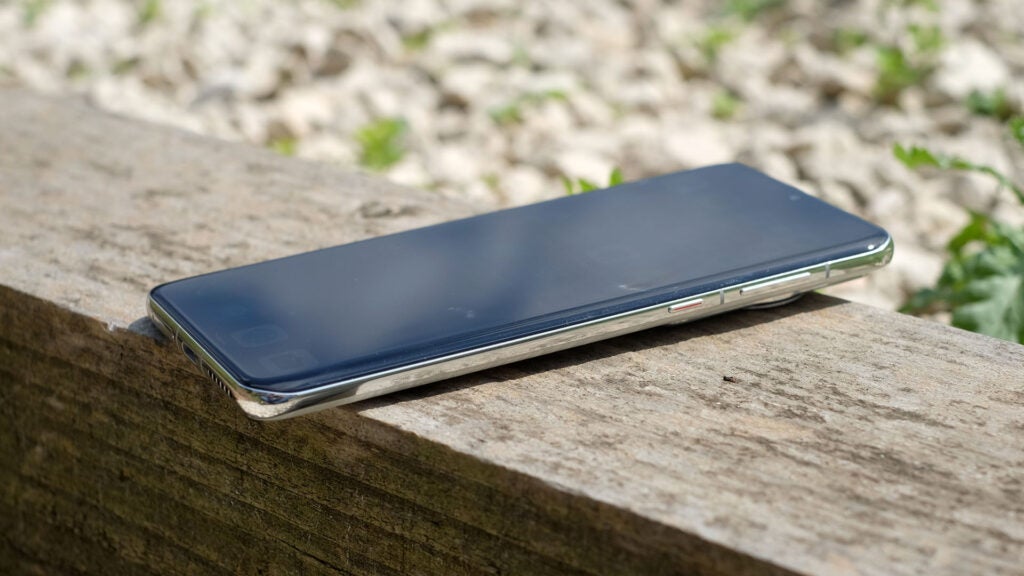
Colour, contrast and maximum brightness are all fantastic, and the Huawei P60 Pro has an above Full HD resolution of 2700 x 1220. It’s enough to provide good sharpness, if not at the level of the 3088 x 1440 pixel Samsung Galaxy S23 Ultra.
Screens at this level are not all that interesting to talk about these days, as they are all so strong. It supports HDR, it’s easily bright enough to appear clear and confident on sunny days.
Some people may not appreciate how the lightly curved sides of the screen pool reflections, but I haven’t found the effect too distracting. There are just two colour modes here. “Normal” switches between colour modes based on the content displayed, and “Vivid” is strongly saturated all the time. I highly recommend using the Normal mode.
Camera
- Great 3.5x zoom camera
- Top image quality
- Capable in low-light
The camera is the Huawei P60 Pro’s true specialist area. This phone has a 48MP primary camera, a 48MP 3.5x zoom with powerful sensor-shift stabilisation and a 13MP ultra-wide camera.
There’s zero filler, and Huawei gave the P60 Pro an easily accessible 10x mode in order to make the most of the zoom camera. Just like the best Huawei phone cameras I’ve used over the last few years, this one is an absolute blast to use. And, as I find with every good periscope phone, the zoom is where the stand-out fun is to be had.
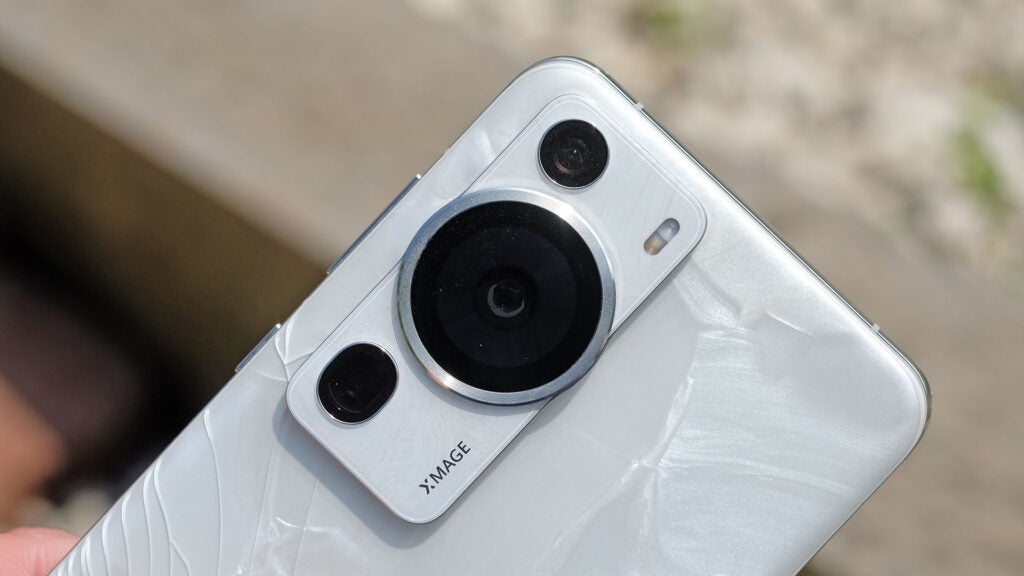
I had a chance to take the Huawei P60 Pro to a music festival, and its ability to capture solid pics of the on-stage performers when way back in the crowd was quite wonderful. This is nothing new, of course, but it is something you only get with true top-tier phones like the Xiaomi 13 Ultra and Samsung Galaxy S23 Ultra.
Take it out of these extreme situations and the results are still excellent. Night photography is great, and feels responsive. Day-time photos show a tasteful approach to processing you might not have associated with Huawei a few years ago.
Detail handling, colour and dynamic range are all excellent. The Huawei P60 Pro camera is a joy to use, and you can track a fairly linear throughline between this phone camera and 2018’s P20 Pro. It’s a shame it all went wrong in 2019, eh? Here are some samples to show off the array of cameras:












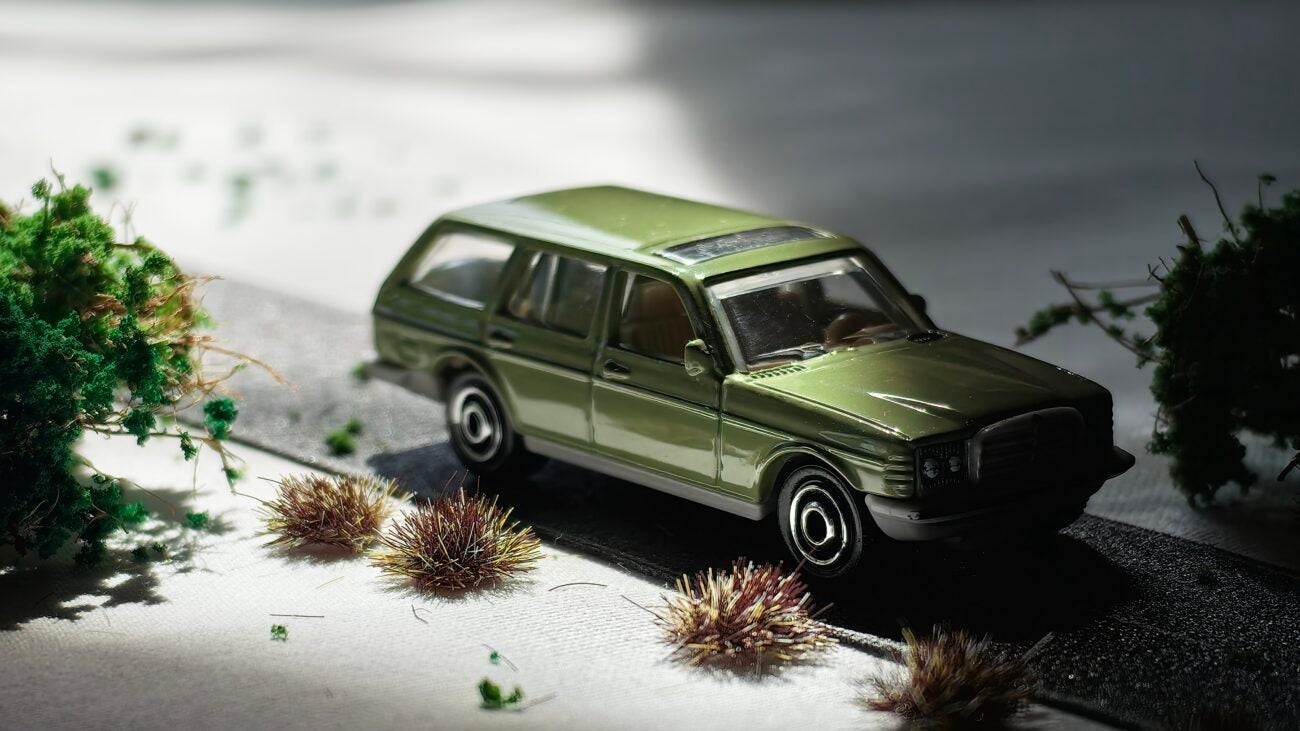



Where are the issues? Despite powerful stabilisation, it can be tricky to get sharp zoomed images at times, particularly when the light level is lower. You’ll often see slight colour temperature variations when switching between the cameras, but this can easily be tweaked post-shoot.
Video quality can’t rely on smart and intensive image processing as much as stills, but the quality is still there. You can shoot at up to 4K resolution, 60 frames per second, and use both the primary and zoom cameras in this mode. The app lets you zoom in mid-capture, and the P60 Pro will automatically switch to the zoom at the 3.5x mark.
However, you’ll only see the ultra-wide view listed as an option when you drop down to 30 frames per second. It’s arguably a bit of a poor user experience blunder, as some folks may assume there’s no way to take video with the ultra-wide. The Huawei P60 Pro’s selfie camera uses a 13MP sensor that also performs well, rendering lots of detail and natural enough-looking skin tones.
This is up there with phones like the Xiaomi 13 Ultra and Samsung Galaxy S23 Ultra as one of the best phone cameras around, although the Samsung still has the edge for extreme zoom thanks to its 10x zoom.
Performance
- No support for Google apps or Google Play
- Snapdragon 8 Plus Gen 1 with 4G connectivity
- Last-gen flagship performance
From outstanding lights to crushing lows, we can’t avoid talking about the big Huawei P60 Pro issue. This phone doesn’t have Google apps, and does not have Google Play access.
In its place you get Huawei’s Petal apps and the AppGallery. This combo makes you glad some app makers still provide direct downloads of their apps, rather than relying solely on official app stores. That’s how I installed WhatsApp, for example. However, even then you can’t get your old archive of messages and pictures because WhatsApp uses Google storage to keep that stuff in the cloud.
My argument against Huawei’s approach is the same as it always was. While AppGallery isn’t a terrible app store, it’s nowhere near good enough for Western users looking for a flagship phone.
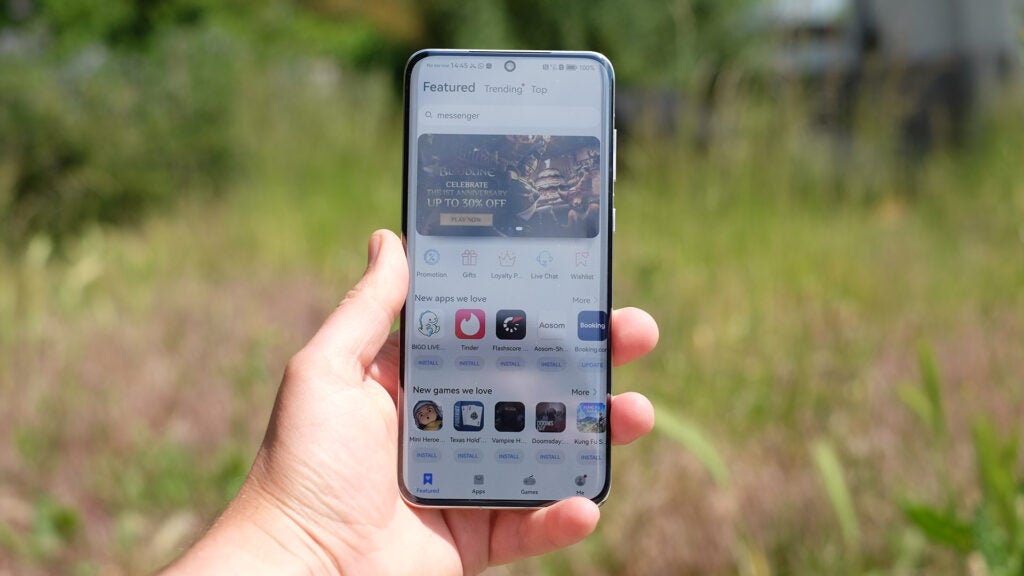
A lot of the best games and creativity apps are missing, and the Huawei solution is Petal Search. This shows you listings from third-party app stores, such as getapk. These are not the kind of sites I’d recommend to the average phone user. The experience of downloading apps is often more clunky, and the security of these sites is simply not going to be on par with Google Play.
These sites also don’t get you any of the big-name paid-for apps and games you might be looking to get. It makes the powerful processor of the Huawei P60 Pro seem quite redundant a lot of the time. You can’t easily get Minecraft, The Room series games, Five Nights and Freddy’s or Stardew Valley, to pick a few games from the list of Google Play’s “top paid” games at the time of review.
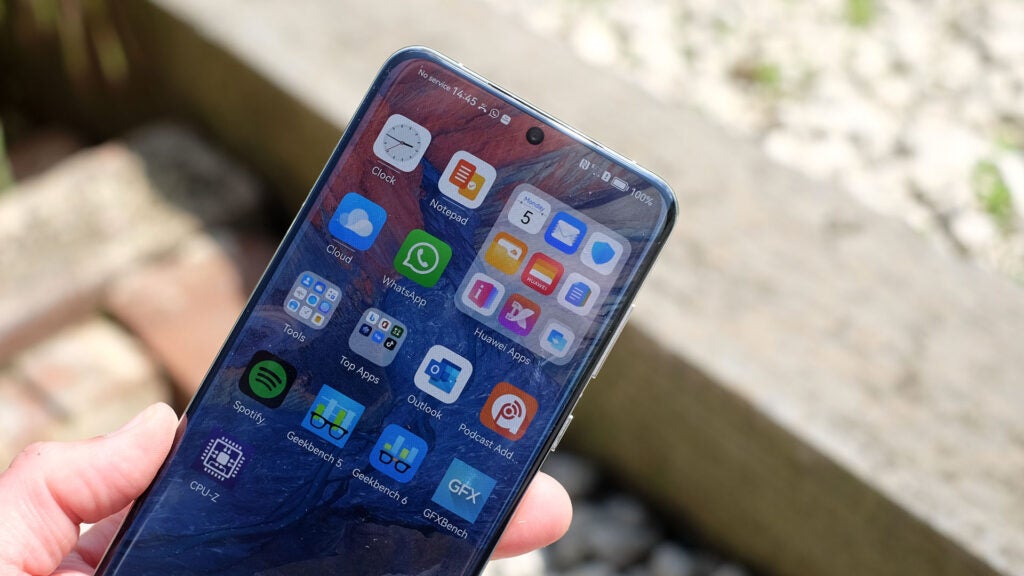
The Huawei P60 Pro has the 4G version of the Snapdragon 8 Gen 1+ processor. You could argue a lack of 5G bars this from being considered a feature-complete phone but it is punchy even in 2023, when we have phones with the Snapdragon 8 Gen 2 already.
It’s powerful enough to make Android feel super-slick, and smooth enough to show off the phone’s 120Hz refresh rate.
It scores 3911 in Geekbench 6. While a high score, this is also one of the lowest scores you’ll ever see in a phone this expensive. The Samsung Galaxy S23 Ultra will score around 4900 points in the same test, the iPhone 14 Pro a fantastic 6600 points. At this point it effectively has last-generation performance, but in my thinking that’s the least of its problems.
Battery life
- Fairly fast charging
- Good battery life
Back in 2017-2019 glory era of Huawei, I found its flagship homes provided among the best battery life in their class. The P60 Pro appears to be no different, at least when comparing it to phones with the same generation of processor.
However, my real-world observations of the P60 Pro are entirely swayed by the kind of phone this is. I can’t use it like the other phones I use, because it just doesn’t have half the apps I habitually use.
That said, I have had it end up with over 50% charge by bedtime, which is excellent.
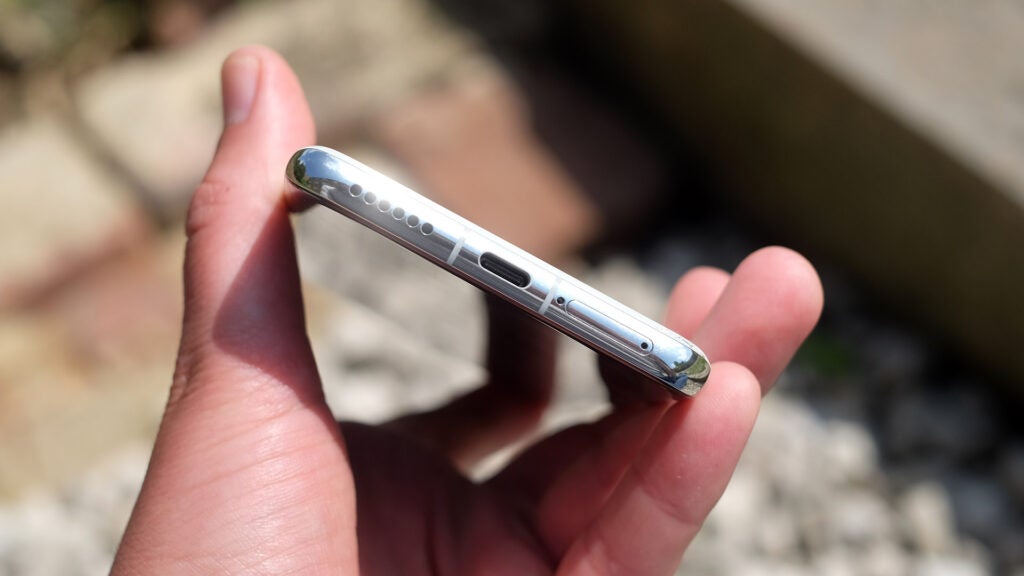
The phone uses an 88W adapter that has both USB-C and USB-A socket on the top, a nice touch. It gets the Huawei P60 Pro to 50% in 16 minutes, to 100% in 40 minutes. It’s not the fastest-charging phone in the world, but is nippy.
It also has superb 50W wireless charging, matching the OnePlus 10 Pro. I don’t have the wireless charger to test this feature, but it’s more powerful than the iPhone series’s cabled charging.
Latest deals
Should you buy it?
You want a great camera phone:
The Huawei P60 Pro is one of the best camera phones around with a fairly capable rear setup.
You rely on Google apps:
With Huawei unable to work with companies like Google, the phone doesn’t ship with Google Play and you can’t sideload it either. Apps that rely on Google, like the Hive app, won’t work either.
Final Thoughts
The usual limitations make it hard to recommend the Huawei P60 Pro to most people. It costs a fortune but doesn’t have 5G, and can’t run the majority of Android’s best and most ambitious apps and games.
Don’t underestimate what a headache the lack of Gmail, Google Play and Google Maps may end up being.
We can’t wipe away those long-standing issues in a review designed to help you decide whether you want to buy a phone or not. However, there’s plenty of positive stuff in the Huawei P60 Pro too. Its camera array is excellent, the design is slick and the display is great.
How we test
We test every mobile phone we review thoroughly. We use industry-standard tests to compare features properly and we use the phone as our main device over the review period. We’ll always tell you what we find and we never, ever, accept money to review a product.
Find out more about how we test in our ethics policy.
Used as a main phone for the review period
Thorough camera testing in a variety of conditions
Tested and benchmarked using respected industry tests and real-world data
FAQs
It has IP68 water resistance, an excellent rating that matches the best mainstream phones available.
Huawei is still under US sanctions so this phone does not have any Google apps.
This phone does not have 5G, just 4G and earlier/slower mobile internet standards.

